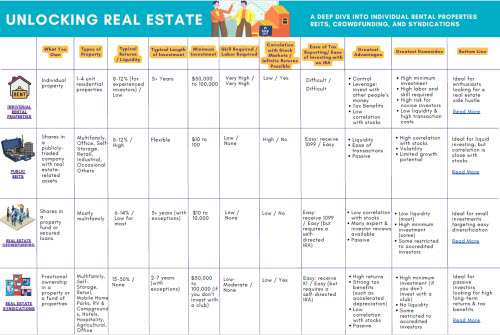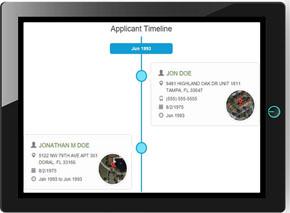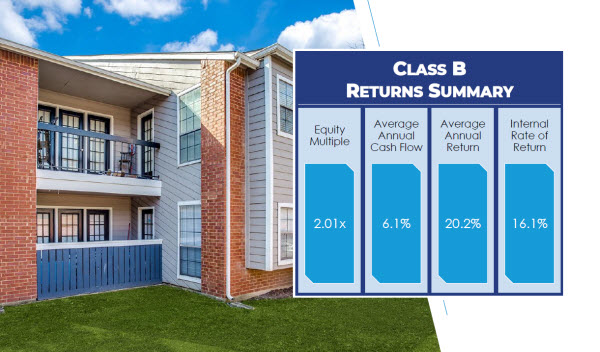
When buying a new property, it pays to know what four-point inspections are and why they’re important. A 4-point inspection is an assessment conducted by a qualified professional and it’s an integral part of the real estate process.
This assessment looks at the four key elements of the property: the HVAC system, the electrical system, the plumbing system, and the roof. Through a 4-point inspection, potential buyers can identify any major problems, avoiding costly repairs or replacements. This, in turn, helps you decide if the home is worth purchasing.
What Is a 4-Point Inspection in Real Estate?
A 4-Point Inspection in Real Estate is an inspection of a property’s four major systems:
-
- The roof
- The electrical
- The plumbing
- The HVAC (heating, ventilation, and air conditioning)
When you take out a homeowners or landlord insurance policy, sometimes the insurance company requires a four-point inspection by a licensed inspector. They need to know what they’re insuring, after all.
During the inspection, the inspector will look for any existing or potential problems with each of the four systems and make recommendations for repairs or replacements as needed. The inspector will also provide a written report of their findings to the potential buyer.
Note that four-point inspections only go so deep into the house. Inspectors focus only on what they can see. Any internal problems require a professional diagnosis and aren’t always caught.
Are 4-Point Inspections Required?
Some landlord- or homeowners insurance companies require a 4-point inspection to ensure that a home meets their standards for coverage. It depends on the insurer and the type of policy you have.
Additionally, inspectors sometimes recommend these in addition to the regular home inspections, as it allows them to dig deeper for you and evaluate more of the home.
What Does a 4-Point Inspection Include?
A 4-point inspection is a quick visual assessment of a home’s major electrical, plumbing, heating, and cooling systems. Four-point inspections are relatively inexpensive (more on that in a minute) and provide potential insurance providers with a detailed look at the condition of a home’s essential systems.
Let’s take a deeper look at the four components of this inspection:
-
- Electrical: The electrical system of a home is inspected to ensure it is up to code and functioning properly. Sockets, wiring, switches, breakers, and ground faults are all looked at carefully to ensure the system is safe and functional.
- Plumbing: Plumbers assess the water supply lines, drain lines, water pressure, shut-off valves, and gas lines.
- Heating & cooling: The inspector will check the type of heating and/or cooling system, the age of the systems, and assess for any leaking fluids that may indicate a need for repairs.
- Roof: During the inspection, your inspector will hop up on the roof to gauge the age, material used, and condition of the roof. For approval or to maintain coverage, insurance companies and certain mortgage loans require roof repairs for heavily damaged roofs.
After the inspection, the inspector will provide a written report outlining their findings. Buyers and owners can use this report to assess whether the home is eligible for home insurance or the right buying opportunity.
What Are the Benefits of a 4-Point Inspection?
A 4-point inspection provides limited assurance to potential homebuyers, lenders, and insurance companies that a home meets their criteria. Through a 4-point inspection, a qualified inspector can identify any major issues that need to be addressed in order to meet the requirements of the lender or insurance company.
Accurate knowledge of the home’s true condition
A 4-point inspection is an important tool for homeowners to understand the overall condition of a home before making any big purchasing decisions. With a 4-point inspection, the homeowner can understand exactly what condition each of the major components of the house is in.
Potentially lower insurance premiums
If a 4-point inspection is successfully completed and no major issues are identified, homeowners may be eligible for discounted premiums on their insurance policy. This can save homeowners a significant amount of money on monthly insurance costs.
Identify minor issues before they become major problems
A 4-point inspection helps to identify minor issues with the home’s systems before they become major problems, saving homeowners time and money on future repairs. Homeowners can also benefit from a 4-point inspection by understanding which components of their home need to be maintained in order to prevent any costly repairs down the line.
How Much Does a 4-Point Inspection Cost?
The cost of a 4-point inspection varies based on the home’s size, location, and services provided. Generally, the cost of a 4-point inspection ranges from $50 – $150, on average, so they’re actually one of the more affordable inspection options.
It’s important to note that the cost of a 4-point inspection is not included in the cost of a regular home inspection required by your mortgage lender. In many cases, the 4-point inspection is an additional service offered by a home inspector and is paid for separately.
Who Should Perform a 4-Point Inspection?
Older homes can sometimes come with hidden problems and deficiencies that could create additional costs or expensive repairs. A 4-point inspection can help buyers identify possible issues early on and provide a better idea of the condition of the property before finalizing the sale. Just like a car going in for a check-up, a 4-point inspection can help to identify any major issues or risks with the home’s systems.
An inspection of this type can help buyers identify any potential problems or issues before signing any contracts. While it’s never fun to find a major issue in your home, if issues or problems are found, 4-point inspections can help buyers or homeowners budget accordingly.
Insurance companies may also request a 4-point inspection before providing a policy or policy renewal. This helps to ensure that the company has a complete understanding of the property’s condition and any potential risks and hazards associated with it.
What are the Risks of Not Doing a 4-Point Inspection?
While not required by every state or insurance company, performing a 4-point home inspection helps you know the true condition of the property. Not performing a 4-point inspection can create a number of risks, as it leaves you without a clear understanding of the condition of the home.
You Could Find Serious Damage Later On
A major risk of not doing a 4-point inspection is that you won’t be aware of any major damage or existing issues with the home. This lack of knowledge may put you at risk for serious, costly repairs down the road.
Take it from someone who knows multiple people who decided to waive all inspections when they bought houses at the height of the pandemic. You REALLY want to get an inspection unless you want to end up with a huge bill to replace your furnace in the dead of winter.
(article continues below)
You Could Overpay for the House
If you opted out of a 4-point inspection and don’t know of any potential problems with the home, you may be willing to pay more than it’s actually worth. This could end up costing you thousands of dollars in the long run.
You Could Violate Laws & Regulations
Another risk of skipping a 4-point inspection is that you could be in violation of local, state, and/or federal laws and regulations. There may be certain codes and regulations that must be adhered to in order for the home to be considered up to code, depending on the area where the home is located. Without a proper inspection, you could be unknowingly violating a code and face costly repairs in order to bring the home up to standard.
You May Not Get the Insurance Policy You Want
Not having a 4-point inspection performed on your home prior to submitting an insurance application for a new or renewed homeowners policy may mean that the insurance provider does not have the necessary information to determine the condition of the property. Insurance companies typically use the findings from the 4-point inspection to establish coverage amounts, adjust the premium accordingly, or even deny the policy.
Final Thoughts
Four-point inspections allow buyers to understand the condition of the home and the safety of its systems before making such a costly purchase.
That said, four-point inspections are not the same as home inspections. They don’t go into nearly the same depth, and often miss critical details such as flood damage or foundation problems. Hire a home inspector for your own peace of mind, to look under the proverbial hood of your house and assess the water supply lines, check for mold, verify the foundation, and more.♦
What have your experiences with four-point inspections been? Any tips to share with other investors and homebuyers?



























Next door neighbor lost $20,000 on his property because of failure to inspect the roof. Money down the drain.
So sorry to hear that Theodore. Important lesson though.
Don’t skimp on inspections. Save a dime today, lose thousands of dollars down the line.
Agreed Timothy!
Don’t do your own inspections. That is not the proper way to cut expenses. You are actually risking to spend more! Just a friendly reminder to fellow landlords.
Absolutely Madisson!
Better to invest a little more time and money up front to know what you’re buying than get a nasty surprise later
So true Oliver!
The greatest loss for being complacent is the loss of life. Doing inspection can prevent that. Let that sink in.
Very true Sera!